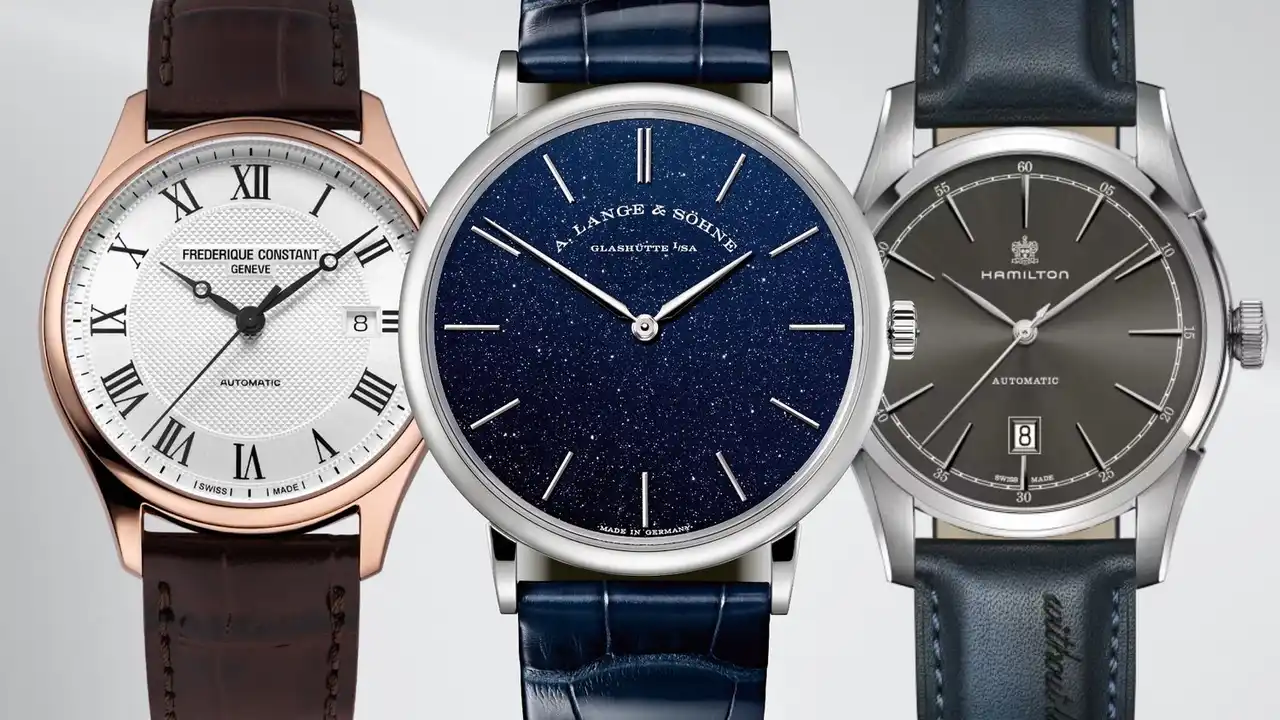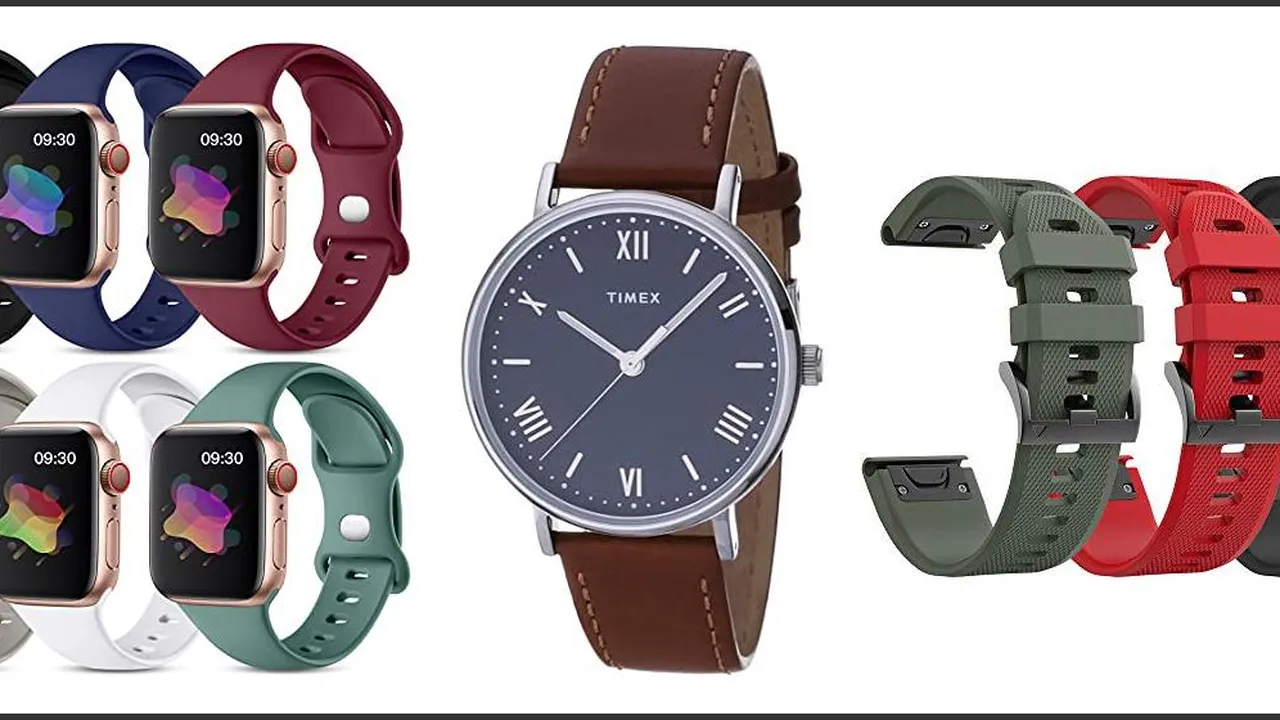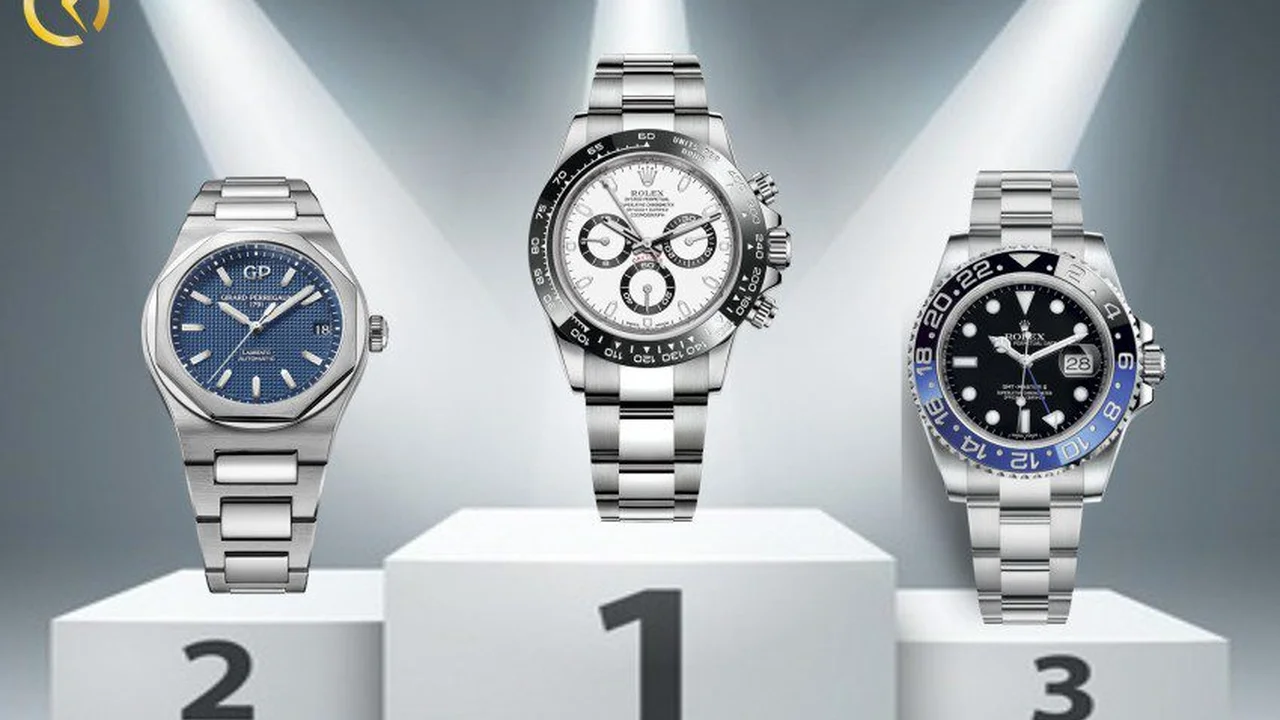Watch Spring Bar Tools: Changing Straps Like a Pro
Discover how to use a watch spring bar tool to change straps like a pro. Easily swap out your watch straps with this essential tool.

Understanding Watch Spring Bar Tools for Strap Replacement
Alright, so you wanna switch up your watch strap, huh? Maybe the old one's looking a bit tired, or you just fancy a change of style. Well, you're gonna need a spring bar tool. These little gadgets are essential for removing and installing watch straps without scratching your watch case or bending the spring bars themselves. There are generally two types: a forked end for compressing the spring bar and a pointed end for pushing the spring bar out if it's particularly stubborn. Knowing how to use it correctly is key to a smooth strap-changing experience. Don't worry, it's easier than it looks!
Choosing the Right Spring Bar Tool for Your Watch Strap
Not all spring bar tools are created equal. Some are higher quality than others, and some are better suited for certain types of watches. For instance, if you have a watch with drilled lugs (holes on the outside of the lugs for easy spring bar access), a simple pointed tool might be all you need. But for most watches, you'll want a dual-ended tool with both a fork and a pin. Look for tools with sturdy metal construction and comfortable handles. Cheaper tools can bend or break easily, which can damage your watch. Brands like Bergeon and Horofix are known for their quality, but there are plenty of affordable options that will get the job done.
Step-by-Step Guide: Removing a Watch Strap Using a Spring Bar Tool
Okay, let's get down to business. Here's how to remove a watch strap using a spring bar tool:
- Prepare Your Workspace: Lay down a soft cloth or mat to protect your watch from scratches. Good lighting is also essential.
- Position the Watch: Hold the watch securely in your non-dominant hand, with the strap you want to remove facing up.
- Insert the Fork: Place the forked end of the spring bar tool between the watch lug and the strap. You're aiming to catch the spring bar flange (the little lip that sticks out).
- Compress the Spring Bar: Gently but firmly push the forked end inward, compressing the spring bar. You should feel it give way.
- Remove the Strap: Once the spring bar is compressed, carefully maneuver the strap out of the lug. Repeat on the other side of the strap.
- Store the Spring Bars: Don't lose those spring bars! They're essential for reattaching the strap. Keep them in a safe place.
Installing a Watch Strap Using a Spring Bar Tool: A Detailed Process
Now for the fun part – putting on a new strap!
- Prepare the New Strap: Ensure the new strap is the correct width for your watch lugs.
- Insert One End of the Spring Bar: Place one end of the spring bar into the corresponding hole in the strap.
- Position the Strap: Hold the strap in place against the watch lug.
- Compress the Spring Bar: Use the forked end of the spring bar tool to compress the spring bar, just like when you removed the strap.
- Seat the Spring Bar: While compressing the spring bar, carefully wiggle the strap until the spring bar clicks into place within the lug hole. You should hear a distinct 'click.'
- Check the Security: Gently tug on the strap to ensure the spring bar is securely seated. Repeat on the other side of the strap.
Common Mistakes and How to Avoid Them During Watch Strap Changes
Changing watch straps can be tricky, and it's easy to make mistakes. Here are a few common pitfalls and how to avoid them:
- Scratching the Lugs: This is the most common mistake. Use a gentle touch and make sure the forked end of the tool is properly positioned. Consider using masking tape to protect the lugs.
- Bending the Spring Bars: Applying too much force can bend the spring bars, making them unusable. If a spring bar is particularly stubborn, try using the pointed end of the tool to push it out from the inside of the lug (if possible).
- Losing the Spring Bars: As mentioned before, these little guys are easily lost. Work in a clear, well-lit area and keep a small container handy for storing them.
- Using the Wrong Size Strap: Always double-check the lug width of your watch before buying a new strap. Using a strap that's too wide or too narrow will not only look bad but can also damage your watch.
Recommended Spring Bar Tools for Different Budgets and Skill Levels
Here are a few spring bar tools to consider, depending on your budget and experience:
- Budget-Friendly: Generic Dual-Ended Spring Bar Tool (Around $10): These are widely available online and are a good starting point for beginners. They're not the highest quality, but they'll get the job done for occasional strap changes.
- Usage Scenario: Ideal for those new to watch strap changing and need a basic tool to start with.
- Comparison: Less durable than higher-end options, but affordable and functional.
- Price: ~$10
- Mid-Range: Horofix Spring Bar Tool (Around $30): A step up in quality, Horofix tools are known for their durability and precision. They often come with replaceable tips.
- Usage Scenario: Suitable for enthusiasts who change straps frequently and want a reliable tool.
- Comparison: Offers better build quality and precision compared to budget tools.
- Price: ~$30
- High-End: Bergeon 6767-F Spring Bar Tool (Around $50): Considered the gold standard in spring bar tools, Bergeon tools are Swiss-made and incredibly durable. They're a favorite among watch professionals.
- Usage Scenario: Best for professionals and serious collectors who demand the highest quality and precision.
- Comparison: The industry standard, known for its durability and ergonomic design.
- Price: ~$50
- Spring Bar Pliers (Around $40-60): Designed for bracelets, these pliers compress both spring bars simultaneously, making bracelet removal and installation much easier. Brands like OMEGA offer excellent options.
- Usage Scenario: Primarily used for removing and installing watch bracelets with ease and precision.
- Comparison: Simplifies bracelet changes compared to traditional spring bar tools.
- Price: ~$40-60
Selecting the Perfect Watch Strap for Different Occasions and Styles
Now that you know how to change your strap, let's talk about choosing the right one! The possibilities are endless, but here are a few ideas to get you started:
- Leather Straps: Classic and versatile, leather straps are great for dress watches and everyday wear. Choose from different types of leather, such as calfskin, alligator, or shell cordovan.
- NATO Straps: Casual and sporty, NATO straps are made from nylon and are known for their durability. They're a great option for dive watches and field watches.
- Metal Bracelets: Durable and stylish, metal bracelets are a good choice for dress watches and everyday wear. Choose from different types of metal, such as stainless steel, titanium, or gold.
- Rubber Straps: Waterproof and comfortable, rubber straps are ideal for sports watches and dive watches.
Exploring Different Watch Strap Materials: Leather, NATO, Metal, and More
The material of your watch strap can significantly impact its look, feel, and durability. Let's delve into some common options:
- Leather: Offers a classic and sophisticated look. Calfskin is a popular choice due to its affordability and versatility. Alligator and shell cordovan are more luxurious options.
- NATO: Made from durable nylon, NATO straps are known for their strength and water resistance. They're perfect for casual wear and outdoor activities.
- Metal: Provides a robust and stylish option. Stainless steel is a common choice for its durability and affordability, while titanium offers a lightweight and hypoallergenic alternative.
- Rubber: Ideal for sports and diving watches, rubber straps are waterproof, comfortable, and easy to clean.
- Silicone: Similar to rubber but often softer and more flexible, silicone straps are a comfortable and durable option for active lifestyles.
Maintaining Your Spring Bar Tool and Watch Straps for Longevity
Taking care of your spring bar tool and watch straps will ensure they last longer and perform better:
- Spring Bar Tool: Keep it clean and dry. Wipe it down after each use to remove any dirt or debris. Store it in a safe place to prevent damage.
- Leather Straps: Condition them regularly with a leather conditioner to keep them supple and prevent cracking. Avoid exposing them to excessive water or sunlight.
- NATO Straps: Wash them periodically with mild soap and water. Allow them to air dry completely before wearing them again.
- Metal Bracelets: Clean them with a soft brush and mild soap and water. Rinse them thoroughly and dry them with a soft cloth.
- Rubber/Silicone Straps: Wash them with mild soap and water. Avoid using harsh chemicals or abrasive cleaners.
:max_bytes(150000):strip_icc()/277019-baked-pork-chops-with-cream-of-mushroom-soup-DDMFS-beauty-4x3-BG-7505-5762b731cf30447d9cbbbbbf387beafa.jpg)






